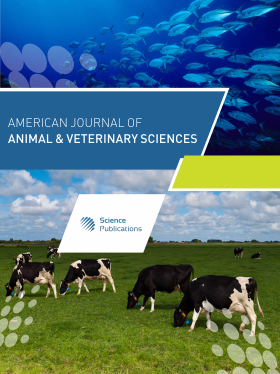High Frequency of Enteroparasite Infection in Dogs (Canis familiaris) in Urban Regions of Espírito Santo, Brazil
- 1 Prefeitura de Vila Velha, Brazil
- 2 Universidade Vila Velha, Brazil
Abstract
The objective of this study was to perform examinations of canine fecal samples collected in the urban region, focusing on enteroparasitological diseases, common zoonosis that have their risk of transmission increased due to the growing number of stray dogs in these areas. One hundred and twenty fecal samples of stray dogs were collected from various locations of the studied region and processed by the method of Mollay Willis and Hoffman. Fifty local residents were interviewed, using a semi-structured questionnaire containing questions concerning personal hygiene, stray dogs as a risk factor and parasitological diseases knowledge. Parasitological contamination was observed in 75.9% of the samples; the main parasite was Ancylostoma spp. (72.5%), followed by Toxocara spp. (8.3%). In 24.1% of the samples, less relevant or non-important zoonosis helminths were found. Of those interviewed, only three (6%) were aware of the risk of parasitic contamination by dog feces. The high rate of dogs with infection by enteroparasites along with a lack of knowledge of the population about these infections represents a high risk of zoonosis and zooanthroponosis.
DOI: https://doi.org/10.3844/ajavsp.2016.8.10

- 5,679 Views
- 4,862 Downloads
- 0 Citations
Download
Keywords
- Dogs
- Enteroparasite
- Ancylostoma
- Toxocara
- Zoonosis
